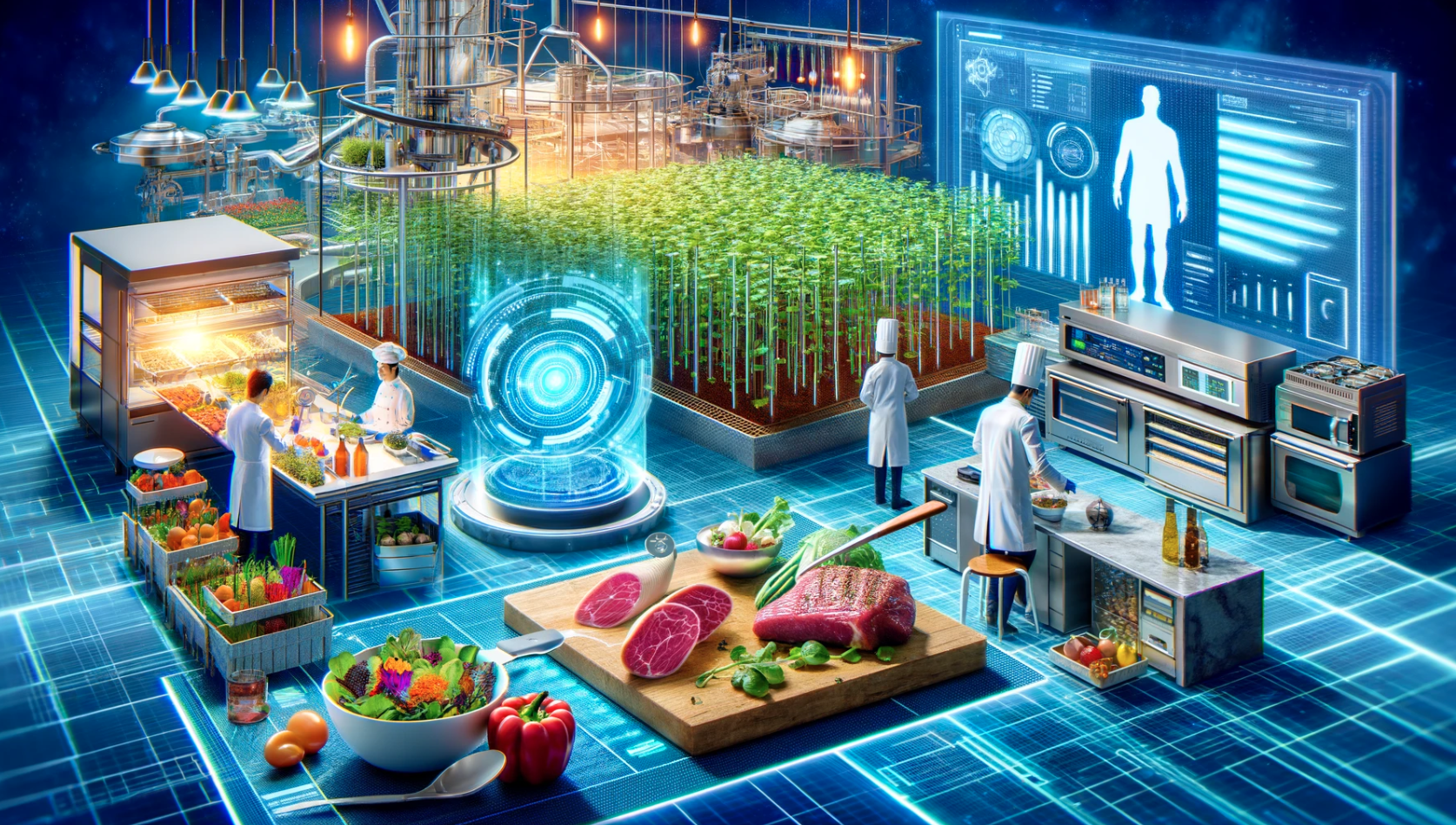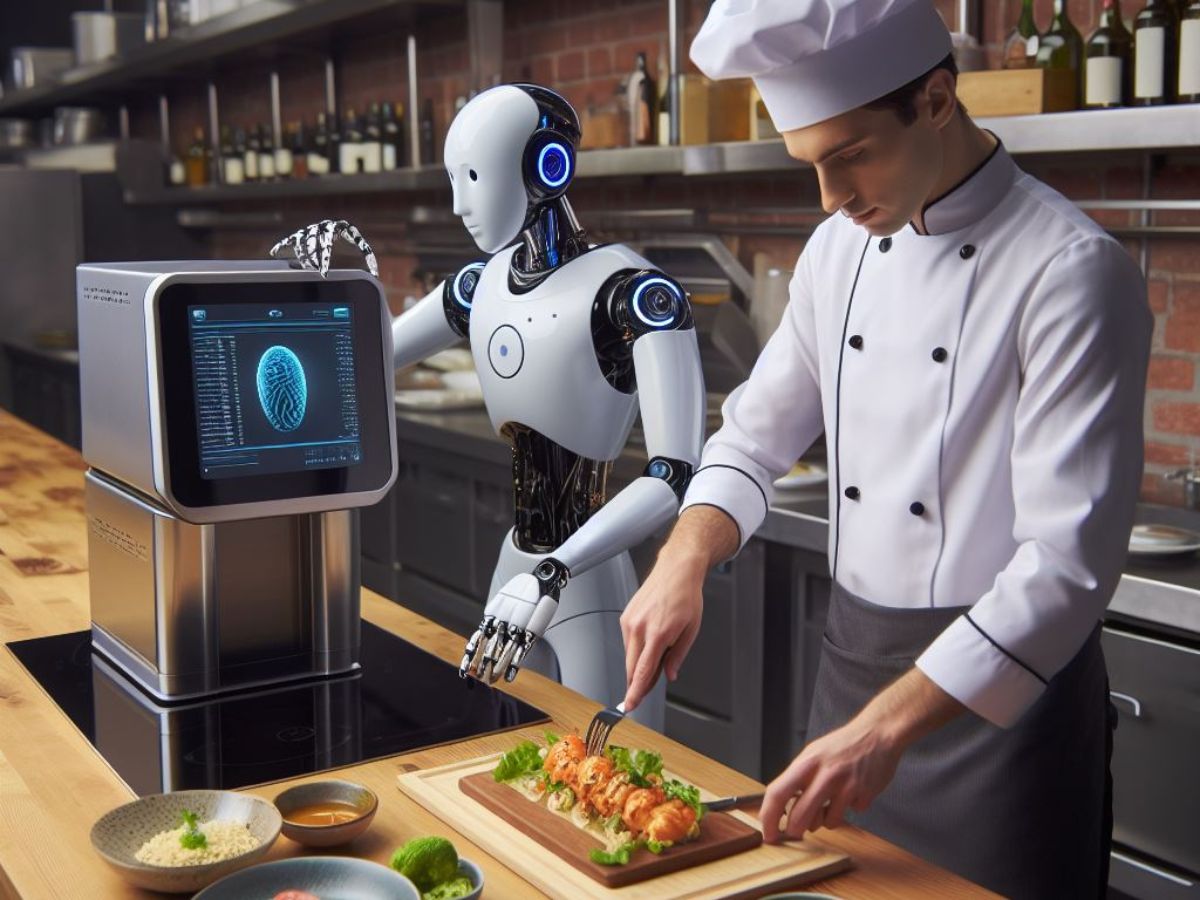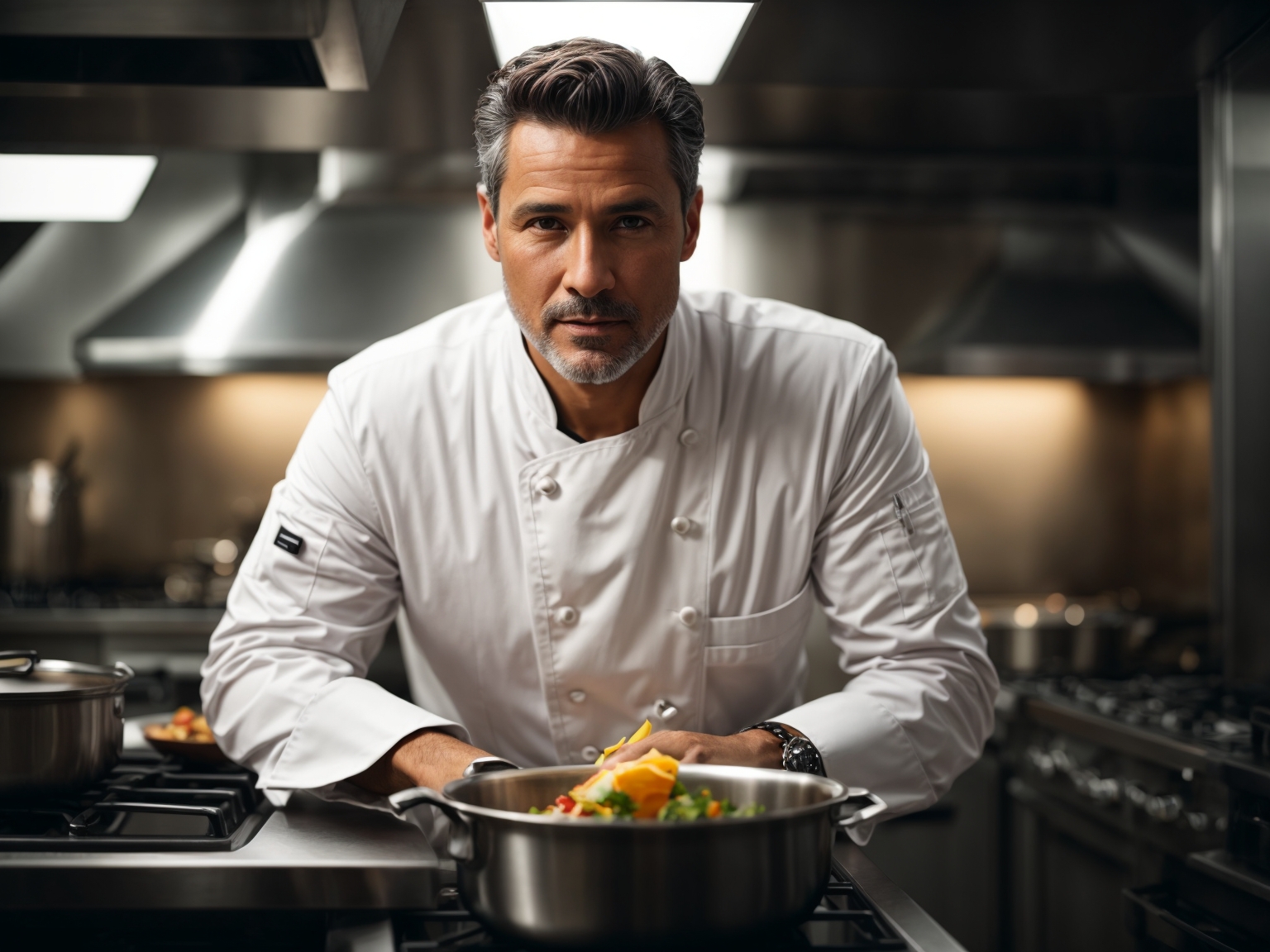In recent years, the culinary world has seen a dramatic transformation driven by the integration of food technology and data.
From farm to table, every aspect of the food industry is being revolutionized by innovative solutions that leverage data and cutting-edge technology.
In this blog post, we’ll explore the fascinating intersection of food and technology, and how these innovations are reshaping the way we produce, prepare, and enjoy food.
The Digital Age of Agriculture
The journey of food from the field to our plates begins with agriculture, and in the digital age, even farming has gone high-tech. Farmers are now equipped with an array of data-driven tools to optimize crop yields, reduce resource wastage, and enhance sustainability.
1. Precision Farming
Precision farming, often referred to as “smart farming,” relies on data analytics and technology to make informed decisions about crop management. Sensors in the field collect data on soil conditions, weather, and crop health. Farmers can access this information remotely, allowing them to fine-tune irrigation, fertilization, and pest control, resulting in higher crop yields and resource efficiency.
2. IoT in Agriculture
The Internet of Things (IoT) has found its way into agriculture as well. IoT devices are used to monitor livestock, track equipment, and manage inventory. These interconnected systems provide real-time data, enabling farmers to respond promptly to any issues that may arise on the farm.
3. Blockchain for Transparency
Blockchain technology is also making waves in agriculture by enhancing transparency and traceability. It allows consumers to trace the journey of their food products from the farm to the store, ensuring food safety and reducing the risk of fraud.
Innovations in Food Production
Advancements in food production technology have not only increased efficiency but have also led to exciting new developments in the culinary world.
4. Lab-Grown Meat
Lab-grown meat, also known as cultured meat, is one of the most exciting innovations in food production. By cultivating animal cells in a lab setting, it promises a sustainable and cruelty-free source of meat. This technology reduces the environmental impact of traditional livestock farming and could help address global food security issues.
5. Vertical Farming
Vertical farming is another innovation that is changing the way we produce food. In urban areas, where space is limited, vertical farms use controlled environments and stacked growing platforms to grow crops efficiently. This approach significantly reduces the need for large plots of land and can produce crops year-round.
6. 3D Printing Food
3D printing technology is not limited to manufacturing; it’s also being used in the culinary world. 3D printers can create intricate food designs, personalized dishes, and even nutritional supplements. This technology allows chefs to push the boundaries of creativity in the kitchen.
Data-Driven Culinary Art
In addition to changing the way food is produced, technology and data are influencing culinary artistry.
7. Recipe Recommendation Algorithms
Online platforms and apps are using algorithms to provide personalized recipe recommendations. By analyzing user preferences and dietary restrictions, these systems help home cooks discover new dishes and streamline meal planning.
8. AI in the Kitchen
Artificial Intelligence (AI) is finding its place in the kitchen as well. Smart kitchen appliances can suggest recipes based on the ingredients you have on hand and even adjust cooking times and temperatures to ensure perfect results. AI-powered chatbots and virtual assistants can answer cooking-related questions and provide culinary advice.
9. Data-Driven Flavor Profiling
Food scientists are using data analytics to understand the complex world of flavors better. By analyzing chemical compounds and sensory data, they can create new flavor profiles and enhance the taste and aroma of food products.
Enhancing Food Safety
Food safety is paramount in the culinary world, and technology is playing a significant role in ensuring the quality and safety of our food.
10. Food Traceability
Blockchain technology, as mentioned earlier, is helping track the journey of food products. This not only prevents contamination but also enables swift recalls in the event of foodborne illnesses.
11. Sensors and Food Safety
Advanced sensors can detect contaminants, spoilage, and pathogens in real-time. These sensors are used throughout the supply chain, from production facilities to grocery stores, to ensure food safety and minimize waste.
The Future of Food Tech and Data
As we look ahead, the fusion of food technology and data promises to bring even more exciting innovations to the culinary world.
12. Personalized Nutrition
Advancements in genetics and data analysis may lead to personalized nutrition plans tailored to individual genetic profiles. This could revolutionize how we approach diet and wellness, optimizing health outcomes through personalized food choices.
13. Sustainable Food Solutions
In the face of climate change and dwindling resources, technology will continue to play a vital role in creating sustainable food solutions. From alternative protein sources to precision agriculture, these innovations will help us feed a growing global population while minimizing environmental impact.
Conclusion
The culinary world is undergoing a remarkable transformation, thanks to the integration of food technology and data. From smart farming to lab-grown meat and AI-powered kitchens, these innovations are reshaping how we produce, prepare, and enjoy food. As technology continues to advance, we can expect even more exciting developments in the world of food tech and data, ultimately leading to a more sustainable, efficient, and delicious future in the culinary world. Embrace the digital age of gastronomy, and get ready for a culinary experience like no other!




Leave a Reply